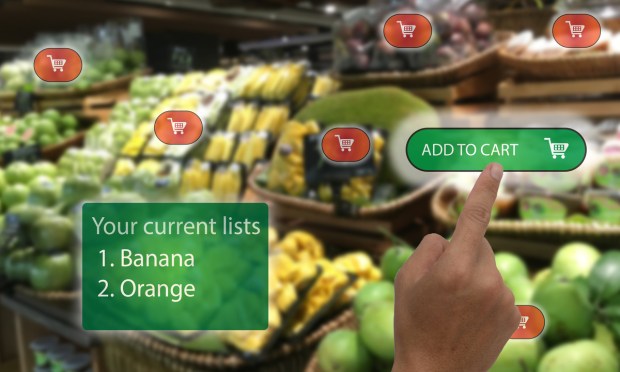Shoppable Content Is Complicated; Its Future Shouldn’t Be

One of the more compelling stories to come out of the pandemic was the idea of shoppable content.
The hyper-convenient purchase moment and context of shoppable content, along with its emergent cousins like social shopping and live selling, seemed poised to take off. Click-through to purchase capabilities were being positioned as the next change-the-game innovation by some of the world’s biggest and most valuable companies.
Now, even those too-big-to-fail platforms, including Meta-owned Instagram, have retreated from their social commerce ambitions.
Yet today’s operational ecosystem is more digitized than ever before, and the contemporary connected economy is increasing transforming everything it touches into a marketplace.
But to-date no one has been able to crack shoppable content. Why is it that?
The answer isn’t complicated.
But shoppable content is. There are more than 20 points of possible failure in every eCommerce transaction — meaning that the buying experience within a click-from-content funnel typically sees the end user working their way through a lot more than just one click.
These authentication frictions kill conversions.
Read also: 2023 Global Digital Shopping Index
To Keep Something Shoppable It Needs to Be Kept Simple
For consumers, digital is no longer a channel, it is a central facet of their lives both at work and at home.
According to a new national 2023 study by PYMNTS, Americans spend more than a quarter of their time (26%), on average, using smartphones and apps to multitask while doing another primary activity, regardless of whether they do so on a weekday or a weekend.
Nearly 9 in every 10 consumers globally (87%) use digital features to shop and pay for purchases, even when shopping in a physical store.
What this means for organizations is that digital should no longer be just a strategy — but a way of doing business.
And it’s the as-of-yet uncaptured value of truly embedding commerce within social media and digital apps, to remove checkout frictions for consumers entirely that, still, looks to be the best way to secure the seller’s chance of completing the purchase.
“It all comes down to creating both a meaningful and efficient experience for consumers,” Andrew Monroe, global head of gaming and media at Worldline, told PYMNTS.
“The ability of the merchant to capture the consumer’s interest and then immediately provide a way to convert that interest into the purchase of a good or service, I think that’s what we’re going to see more and more of in the future,” Monroe added.
Read also: How a Generation of Connected Multitaskers Is Shaping the Digital Economy
Making It Easy by Removing Frictions
As PYMNTS noted earlier this year, there is now a “greenfield opportunity for providers and platforms to help automate the verification of counterparties’ identities, payment details and accounts.”
That’s because the complexities of transacting online, as well as merchants’ handling of payment credentials, are what sit at the root of digital commerce’s main potential points of failure and friction.
“The experience matters,” Reetika Grewal, head of digital for commercial banking at Wells Fargo, told PYMNTS. “How you’re able to originate a transaction matters, the ease at which you can do it, the speed at which you can do it, that all matters.”
There are recurring payments, card validation, issues of where the card data is stored, and other for-now necessary bottlenecks that need to be worked through before a consumer can securely and efficiently check out.
But innovations around identity and authentication for digital payments are slowly beginning to enter the marketplace and find adoption beyond the bleeding edge. And they might hold the key to enabling a frictionless checkout from a payment perspective that remains secure and identifiable.
Solutions like tap to pay and other contactless methods offer a first step glimpse into the ever-growing behavioral funnel of convenience, as well as a peek under the hood of the back-end requirements necessary for the payment moment and journey to be as seamless as the discovery funnel.
The latest PYMNTS global study shows that voice-enabled commerce could be another connected convenience helping pave the way, particularly when paired with the rapid advent of generative artificial intelligence (AI). Voice-enabled commerce capabilities are among the top choices merchants can provide that “make shopping easy” for consumers.
But the real silver bullet for the shoppable content complexity conundrum may be the adoption of tokenized identities that provide authentication while moving money in real time.
“We’re seeing a real acceleration to tokenization of ID … at some point probably not too far from now, you and I will be able to travel with a digital token that will enable us to pay for a holiday, pay for an experience on our holiday, as well as get into attractions,” Ed Chandler, senior vice president and head of Commercial and Money Movement Solutions for Europe at Visa, told PYMNTS.
Maybe when that happens, shoppable content will finally get its moment.

